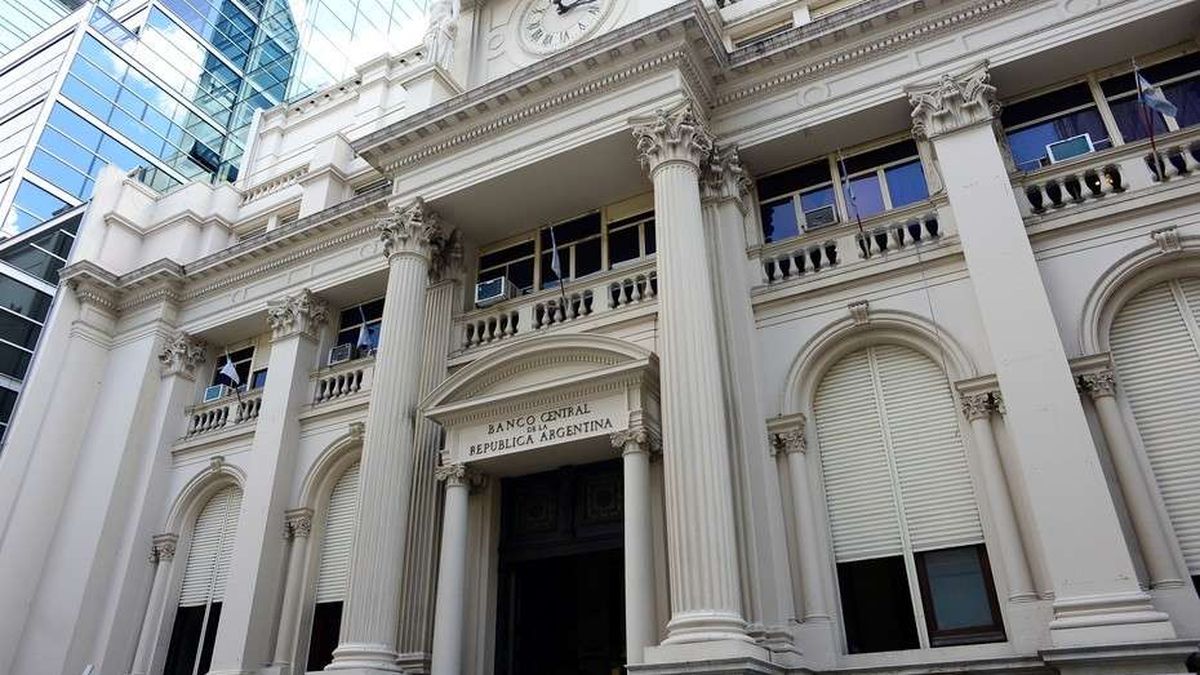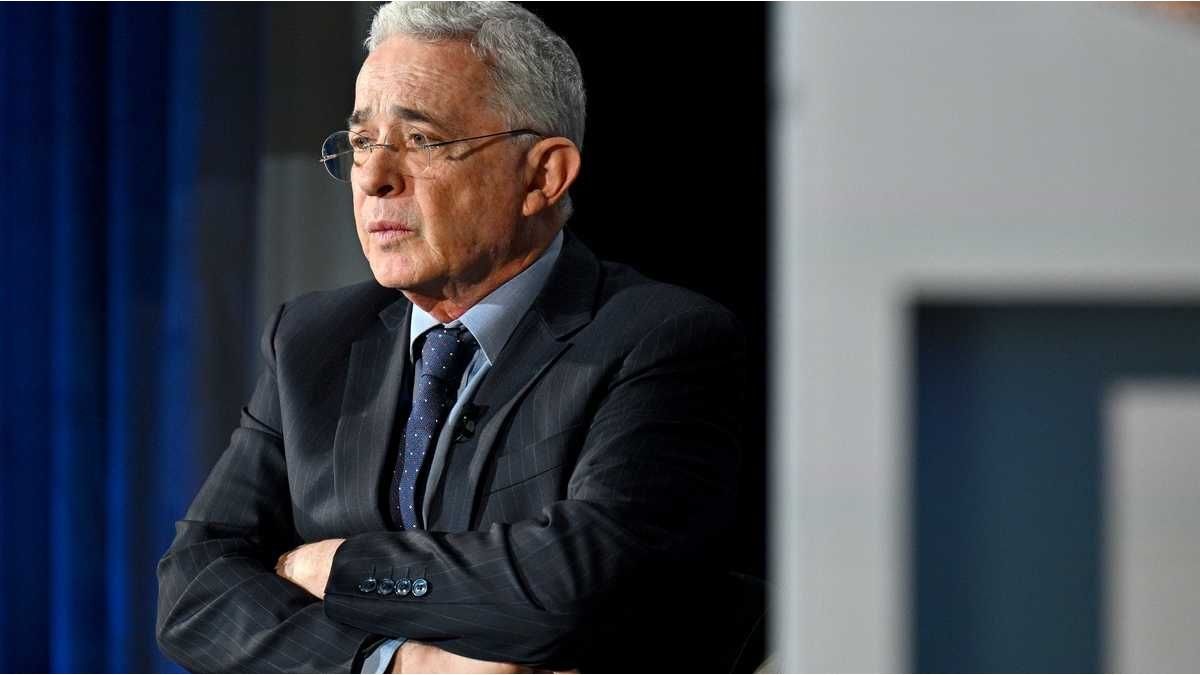Various private calculations suggest that the Government could reach to debt payments in January with the Central Bank reserves (BCRA) at the levels at which they were received by the previous administration (US$11.2 billion). Regarding the possible sources of income of dollarsthere are more doubts than certainties and the Government’s faith is now placed in the success of the money laundering, which raises the question of How long can a 2% crawling peg be maintained without sufficient foreign exchange?All roads lead to devaluation, but the Government is trying to avoid it.
One factor to take into account in the coming months is that the demand for dollars, which the Central Bank does not have, could increase sharply on the part of importers. This is because in August Many operations were postponed pending the reduction of the PAIS Taxwhich will come into force next Monday. It should be noted that this modification will reduce the tax rate from 17.5% to 7.5% for imports.
According to the latest report from Consultationduring August, importers’ daily access to the foreign exchange market was reduced by 10% compared to July. This was what allowed the BCRA to make purchases in the Single and Free Exchange Market (MULC) in the month that ends. However, the document warns that this improvement is “temporary“, since in October the organization will have to inject almost twice as many dollars for imports compared to what it delivered in June.
This look coincides with that of Fernando Marull and Associates (FMya), which indicates that three factors explain the BCRA’s favorable streak in the MULC: (1) The agricultural sector is selling at a similar rate to that of July; (2) There are more exports from mining companies; and (3) Import payments fall: “it is possible that importers are waiting for the reduction of the PAIS Tax at the beginning of September.”
The problem of settling debt with “heterodox methods”
In a preview of the podcast of Adcap Financial Group with Emmanuel Alvarez Agis which he accessed Scopethe economist argues that the Government would be lacking a monetary and exchange rate policy that allows it to accumulate reserves, “because the market’s doubts regarding country risk have to do with the dynamics of reserves.” According to his analysis, while the economic team aims at its disinflation plan, which is efficient to lower prices, it turns out to be “very dangerous in terms of reserves”.
Agis reminds that next year There are two large debt paymentsin January and mid-2025 and estimates that for the first payment the Government will have no problems to face it, “because even with a bad result in terms of reserves by the end of this year, Argentina has the means to be able to do it.” However, he suggests that the market begins to worry towards the middle of next year.
Thus, Álvarez Agis proposes that in a change control scheme (cepo), The BCRA is facing serious problems in accumulating reserves, which complicates both payments and the possibility of returning to the market.. And remember that Argentina has been meeting its debt obligations using rather unorthodox methods. And then he says: “The January payment should be the last one to be made in this way. From mid-year, the country should move towards a more orderly scheme that will gradually allow it to recover reserves and reestablish market access.”
This is why analysts and the market are concerned about this imminent transition in the dynamics of debt payments, which seems to be just around the corner.
Scenarios for reservations according to the city
Thus, FyMA raises about the reserves two scenariosone with “changes” and the other without: “If the scenario is that in 2024 there are no changes in the dollar blend or in the official dollarreserves will fall to US$8 billion in the red. So there are three alternatives: either the blend ends, or imports do not rise as much (due to greater devaluation) or more financing is obtained” and adds that by 2025, the scenario is more demanding because you have to pay US$17 billion of debt. So if only the dollar blend is taken out, the net reserves remain at negative US$13,000 million, “a very delicate situation”.
For the economist Amilcar Collante The whitewashing will give some relief US$3 billionwhich will have a greater impact on gross reserves than on net reserves. This analysis coincides with that of Adcap, which indicates that these dollars might not directly reinforce net reserves and, in that case, would only increase gross reserves. “Therefore, if $5 billion were to enter the banking system (via money laundering) and be used to pay off debt, It would not be good news for the market.as the Government appears to be using private sector deposits to make these payments.
dollar-cepo-02.jpg
The whitewashing will give a respite to some US$3 billionwhich will have a greater impact on gross reserves than on net reserves. The market is therefore unsure of how to get to the middle of 2025.
However, “if the size were to grow to $20 billion or $30 billion, the question of net reserves would take a backseat and, in our view, could break the inertia and set in motion a virtuous circle: More confidence, more investment, a stronger peso, and then more dollars entering the system.“, the document states.
For Collante, if factors such as possible additional loans (REPO or financing from international organizations, plus money laundering) are added, in a pessimistic scenario the net reserves will have a negative balance of US$11 billion (as the Government received them from Sergio Massa). In a more optimistic scenario, the net reserves could remain around US$5.8 billion, but he assures that This will depend on many assumptions.
And in line with what was stated above, it indicates that: “The regularization of imports implies a significant increase in payments, and unless the Government makes new decisions, especially in October when this situation becomes evident, The current crawling peg scheme, the blend and the inflation-tracking exchange rate could face greater challenges”.
The scenarios outlined by experts leave no room for ambiguity: the government is facing a crossroads. On the one hand, it is gradually lifting foreign exchange restrictions, but with reserves dwindling and debt maturities approaching, the only certainty for the market is uncertainty.
Source: Ambito
I am a 24-year-old writer and journalist who has been working in the news industry for the past two years. I write primarily about market news, so if you’re looking for insights into what’s going on in the stock market or economic indicators, you’ve come to the right place. I also dabble in writing articles on lifestyle trends and pop culture news.




